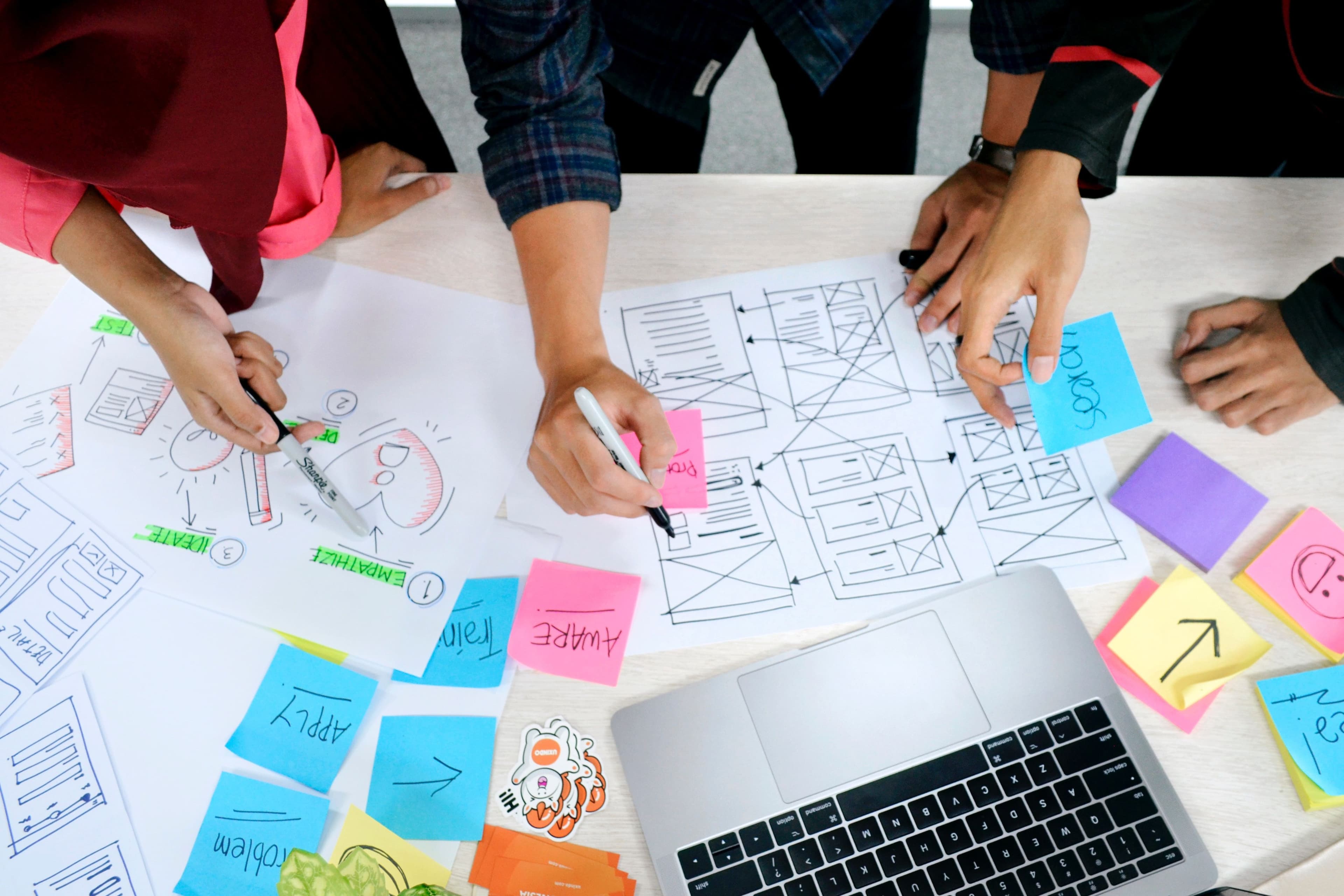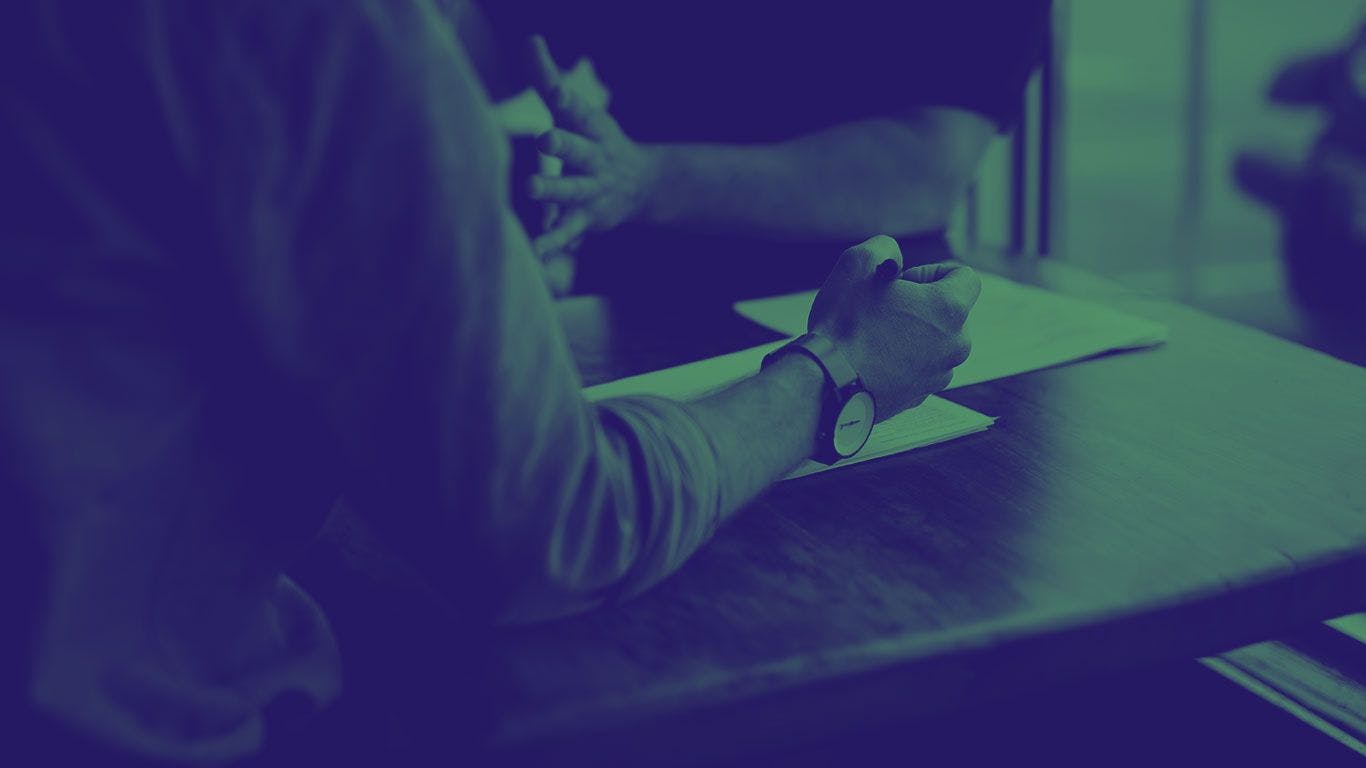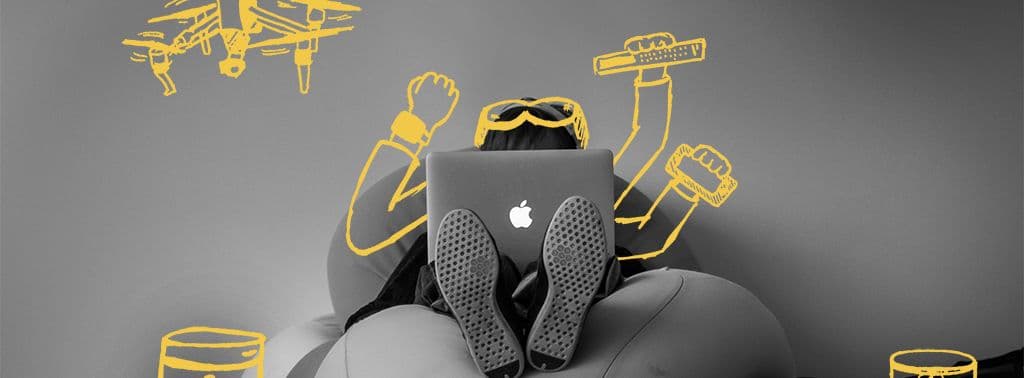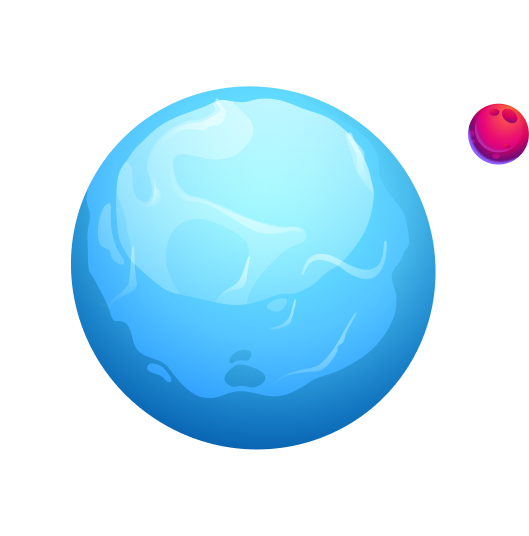We started as humble designers
Traditionally trained designers are engrained with aesthetics, form, shape, colour, layout, fonts, and the list goes on… The points are, though, that traditionally designers are tasked to focus on one side of the equation only: what it looks like at the end. That was until the term UXD (User Experience Design) was coined by Don Norman during his time at Apple, Inc. He wanted a term that encompassed a user’s entire experience with the system. Little did he know he would unleash new careers and whole new ways of thinking.
One of the main tenets of User Experience Design is incorporating user feedback into the design evolution process or co-evolving the system with its users. This means we are no longer just adding the aesthetics to the end of a project, but designers are starting to get involved earlier in the process. The complexity and sophistication of the discipline of design grew over time as designers sought to systemise and generalise what they did. This evolved into what we now know as Design Thinking.
Design Thinking – Taking a Human-Centric approach
At the heart of Design Thinking is taking a human-centered approach to creative problem-solving. Traditional methods of starting with prevailing business constraints, marketing budgets, or technology will at best give you incremental ideas and results. Starting with the user at the centre increases your chance of breakthrough ideas and finding a receptive market as all your research is based on the user and their needs.
To achieve a user-centered approach you need to get out into the world, do field research, talk to users, observe their actions and understand their needs and emotions while interacting with your product or service. This allows us to learn to see our customers not as “end-users” but rather as participants in a two-way process.
Interdisciplinary Teams
Design Thinking is not just for designers, it’s for anyone willing to participate and follow the toolkit and resources as a way of learning about our users and building better products and services for them.
In the best Design Thinking teams and firms around the world, it is not uncommon to see team members from designers, HR, people with MBA’s, doctors, to accountants. Everyone has a unique perspective and will have something to add. Especially when it comes to divergent thinking.
Divergent and Convergent thinking
Westerners are taught to take a series of inputs, analyse them, and then converge upon a single answer. When it comes to Design Thinking we take a different approach.
As Thomas Edison said: “To have a great idea, have a lot of them”. Design Thinking is all about exploring different possibilities, and the biggest mistake you can make is to go with the first idea you come up with. The art of divergent thinking is taking a problem statement and coming up with as many solutions as possible. It doesn’t matter how crazy some of them might become, it’s quantity over quality at this stage. More choices mean more complexity, which makes life difficult in certain respects, so be careful to not go too overboard and know when to stop.
When you’ve reached this point, it’s time to enter the convergent phase of problem-solving to make choices and drive toward solutions. Often, testing competing ideas against each other give us an increased likelihood that the outcome will be bolder, more creatively disruptive and more compelling.
To summarise the objective of divergent thinking is to multiply options to give us choices, build on those ideas and then use convergent thinking to funnel it down to the best idea.
Building on the ideas of others
This is arguably one of the biggest traits of a Design Thinker. This typically happens in the divergent phase of Design Thinking and involves one team member to build on the idea of another team member. We do this not only to help diversify our ideas and come up with a lot of them, but also to strengthen the ideas. By the end, we will end up with ideas that the group own as a collective.
Keeping the balance
Design Thinking balances the perspectives of users, technology and business and is by its nature integrative to be successful. The brief being handed to Design Thinkers are to find new ways of balancing desirability (from the user) to what is technically feasible and finally needs to be a viable business proposition to pursue. Innovation happens at the intersect between desirability, feasibility and viability when you get the balance right.
Ask the right questions
Design thinking will always involve reframing the question or problem you are trying to solve. As a designer when approached with a new brief to sell soap as an example, one might come up with engaging packaging or even online experiences, but a team of design thinkers will see a broader brief. It’s not just about selling soap, but rather selling the idea of sustainability, wellness, and responsibility that support the brand and product at the end of the day. By thinking in terms of the whole experience we are enabled to capture bigger opportunities and results that have more impact. Design Thinking by nature extends the perimeter around a problem helping us to think of the experience holistically.
Our human nature is to assume we know before we ask, so always question your assumptions. Don’t simply test with a target user for validation of your assumption, test to learn, so you have something to go back with.
“An organisation that commits itself to the human-centered tenets of design thinking is practising enlightened self-interest. If it does a better job of understanding its customers, it will do a better job of satisfying their needs. That is simply the most reliable source of long-term profitability and sustainable growth.” – Tim Brown
Experimenting and Failure
The true nature of Design Thinking is experimentation, so it goes without saying some experimentations will fail. The key is to get ideas and prototypes out early, the earlier you get them out the earlier they can be tested and improved. If some fail, its better to fail earlier, and shut it down, and to fail fast. The key metric behind the failure is learning, everything we do should become a source of learning, inspiration and something we can take back with us.
“Fail early to succeed sooner.”
Design for Experience
When we are designing experiences it introduces the 4th dimension: time. To design an experience is to allow a story to unfold over time. Design has the power to enrich our lives by engaging our emotions through image, form, texture, colour, sounds and smell. The intrinsically human-centered nature of design thinking points to the next step: we can use our empathy and understanding of people to design experiences that create opportunities to active engagement and participation.
Why we do it
The rise of Design Thinking corresponds to a culture change, and what excited the best thinkers today is the challenge of applying their skills to problems that matter. They search out the problems that allow them to work at the cutting edge because this is where they are most likely to achieve something that has not been done before.
TL;DR: The Design Thinker’s Toolkit
This article is just an introduction to Design Thinking and some of the techniques used. When it comes to a toolkit, keep the following in mind:
- Get out into the world to be inspired by people
- Empathy for user-centered research and observations
- Brainstorming with divergent and convergent thinking
- Experimentation to learn
- Prototyping – to craft strategic plans and to learn with our hands
- Creating stories to share our ideas
- Collaborating – joining forces with people from other disciplines (all of us are smarter than any of us)
- Optimism (To cope with all the experimentation)
- Communicate complex ideas with masterful simplicity
- Ultimately you’ll understand how to bridge the gap between thinking and doing in an effort of deepening what we know and widening the impact of what we do.
To wrap it up
Design Thinking is rarely a graceful leap from height to height, it tests our emotional intelligence and challenges our collaborative skills, but it can be rewarding with spectacular results.
As the circle of Design Thinkers grows, we will soon see solutions evolve that will improve the products we buy and services we experience.
Podcast
We spoke about this toolkit and more on Design Thinking on the Futurology Show, catch the podcast here.
Need Help with Design Thinking or solving big problems?
At BIGBrave we are a team of interdisciplinary creative problem solvers diverse in Design Thinking and engaging digital experiences, so get in contact if you feel we can be of any assistance.









